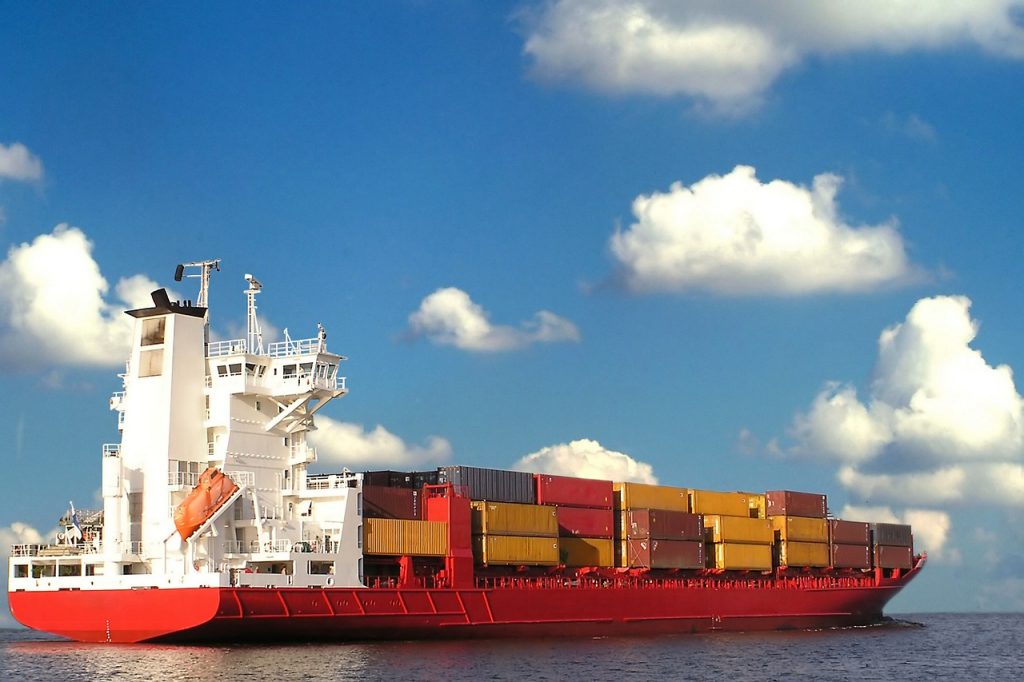
- Singapore businesses can manage transportation issues by understanding traffic patterns and monitoring fleet operations.
- Implementing telematics and predictive analytics can enhance operational efficiency and mitigate potential risks.
- Considering alternative modes of transportation can reduce dependence on road transport and prevent potential disruptions.
- Advanced technology like predictive analytics can improve demand forecasting and risk mitigation, optimizing transportation schedules.
- Leveraging data and analysis allows Singapore businesses to prepare for transportation issues effectively.
Singapore is a thriving business hub with an efficient transportation system that connects people and goods effectively. However, transportation issues such as traffic congestion, road accidents, and delays in cargo delivery can arise, causing significant disruptions to businesses.
These issues may lead to operational inefficiencies and financial losses, ultimately affecting the bottom line. To prepare for transportation issues, Singapore businesses can leverage data and analysis to gain insights and make informed decisions. This blog post outlines how Singapore businesses can use data and analysis to prepare for transportation issues effectively.
Understand Traffic Patterns

The first step to prepare for transportation issues is to understand traffic patterns. Singapore businesses should partner with third-party logistics providers who can provide data on traffic patterns, road conditions, accident reports, and congestion levels. This data can help businesses plan their routes and delivery schedules and anticipate potential transportation issues.
Anticipate Traffic Issues
With access to traffic data, businesses can proactively anticipate potential transportation issues and take necessary precautions. Businesses should learn from the current SMRT CEO, Mr. Ngien Hoon Ping, who anticipates public transportation needs before a disaster happens. They should also consider alternative transportation or routes to avoid traffic congestion or road closures.
Monitor Fleet Operations
Singapore businesses should leverage data analytics software to monitor and analyze their fleet operations. This technology can provide real-time data on driver behavior, vehicle performance, fuel consumption, and maintenance requirements. By monitoring fleet operations, businesses can identify areas that need improvement, such as driver safety, fuel efficiency, and route optimization. These improvements can help prevent transportation issues and enhance overall efficiency.
Foster Safe Driving Practices
Lastly, data gathered from monitoring fleet operations can be used to foster safe driving practices. Evaluating data on speed, braking habits, and other driving behaviors can help identify drivers who may put themselves and others at risk. Businesses can then provide targeted training and guidance to these drivers, promoting safety and reducing the likelihood of accidents. This proactive approach mitigates potential transportation issues and contributes to a safer road environment for everyone.
Implement Telematics
Telematics is a technology that integrates telecommunication and informatics to provide real-time data on vehicles and driver behavior. This technology can help Singapore businesses monitor driver behavior, analyze data on vehicle performance, and identify potential maintenance issues. Telematics can also provide data on driver safety, assisting businesses to identify potential risks and take corrective action.
Enhancing Efficiency with Route Optimization
Telematics systems can also aid in route optimization by providing real-time traffic data, enabling logistics managers to reroute their fleets on the fly, avoiding traffic congestion, and ensuring timely deliveries. Predictive analysis based on historical data can also aid in planning efficient routes.
Reducing Operational Costs
The implementation of telematics can lead to significant cost savings in fleet operations. Data on vehicle performance can indicate when maintenance is needed, helping prevent costly repairs and downtime. Additionally, fuel consumption data can identify inefficiencies and guide strategies to improve fuel economy.
Consider Alternative Transportation Modes
Singapore businesses should consider alternative transportation modes such as air, sea, or rail to mitigate transportation issues such as delays, congestion, and accidents. By diversifying their transportation modes, businesses can reduce their dependence on road transport and avoid potential disruptions caused by traffic congestion or accidents.
Exploring Air Freight
Air freight could be an efficient alternative for businesses that need to transport goods quickly over long distances. Despite being a more expensive option, air freight offers a reliable and fast mode of transportation, particularly for perishable goods or high-value items that must reach their destination promptly.
Embracing Marine Transportation

Marine transportation is another viable option, especially for transporting large volumes of goods. While the transit time is longer compared to other modes, the substantial capacity of cargo ships makes sea freight a cost-effective choice for bulk shipments.
Leveraging Rail Transport
Rail transport can be a great choice for landlocked businesses needing to move large quantities of goods. It balances cost and speed and is particularly effective for transporting heavy goods over long distances within the country. The use of containers also ensures goods’ safety during transit.
Use Predictive Analytics
Predictive analytics is a technology that leverages data, statistical algorithms, and machine learning to analyze data and predict future trends. Using predictive analytics, Singapore businesses can anticipate potential transportation issues, predict consumer demand, and optimize transportation operations. This technology can also help businesses identify areas that need improvement and take proactive measures to mitigate potential disruptions.
Improving Demand Forecasting
Predictive analytics can improve demand forecasting. By analyzing market trends, historical sales data, and other relevant factors, businesses can predict which products will be in demand in the future. This information is invaluable in planning transportation schedules, as it enables businesses to ensure that the right products are in the right place at the right time, minimizing transportation issues and costs.
Mitigating Risk with Predictive Models
Predictive analytics also allows businesses to build predictive models for various risk factors, such as potential road accidents, weather conditions, and traffic congestion. These models utilize historical data and advanced algorithms to predict future outcomes. This allows businesses to proactively mitigate risks and avoid potential transportation issues. For instance, if a predictive model forecasts severe weather conditions, businesses can adjust their delivery schedules or routes accordingly to ensure goods’ safe and timely delivery.
In conclusion, transportation issues can cause significant disruptions to Singapore businesses. To prepare for transportation issues, companies should leverage data and analysis to gain insights and make informed decisions. By understanding traffic patterns, monitoring fleet operations, implementing telematics, considering alternative transportation modes, and using predictive analytics, Singapore businesses can prepare for potential disruptions and ensure their transportation operations are efficient and effective.
